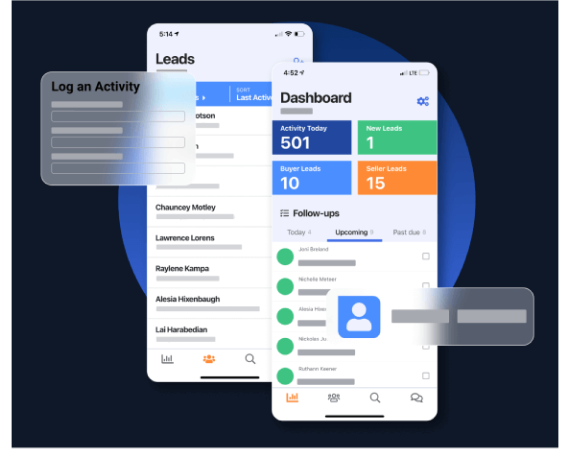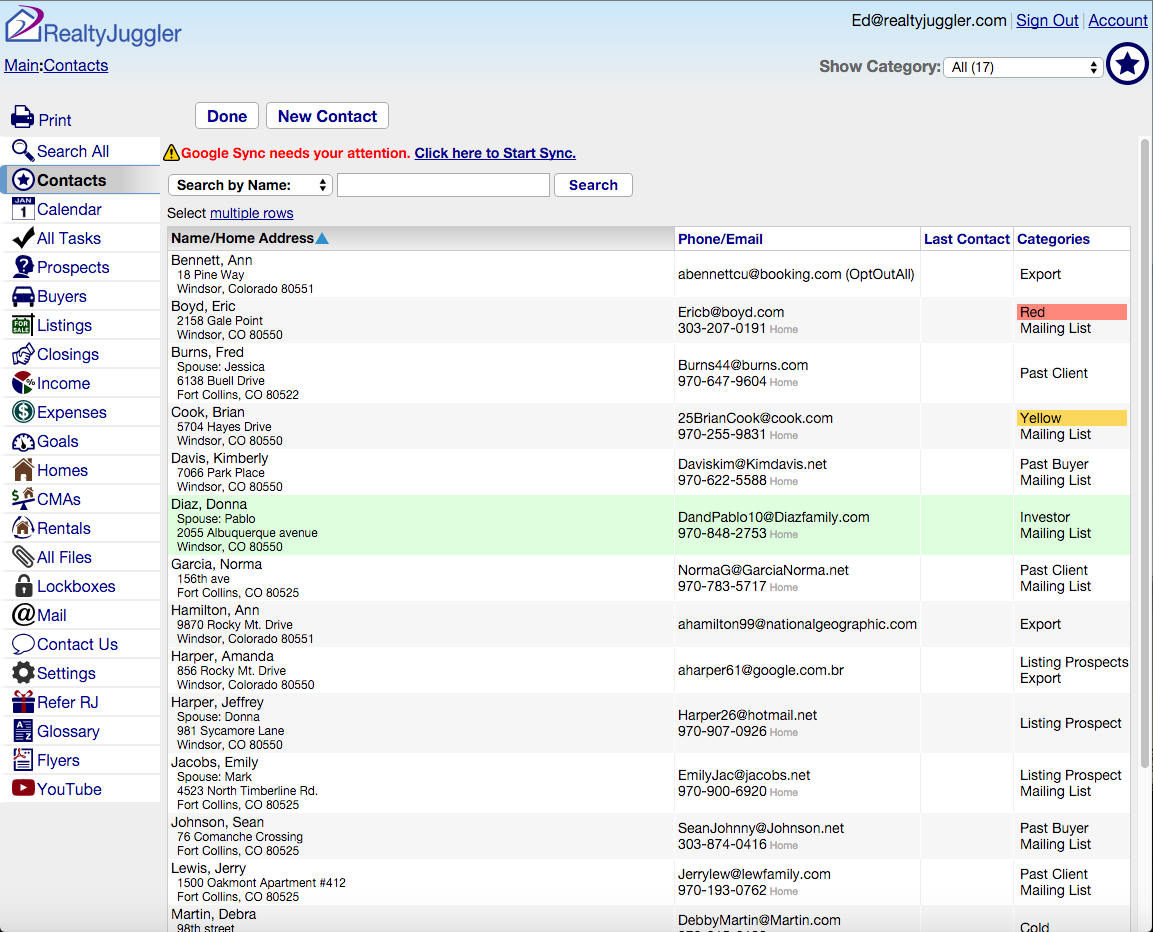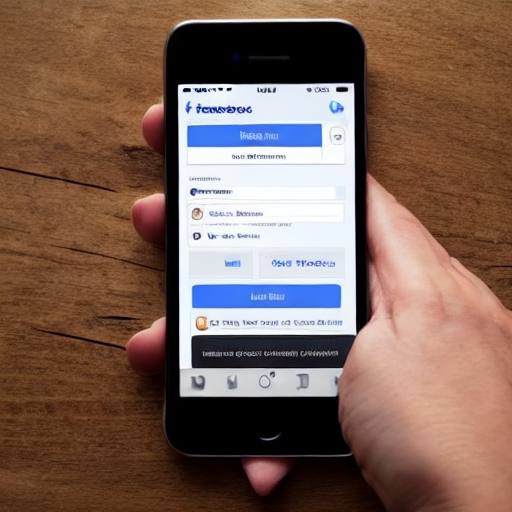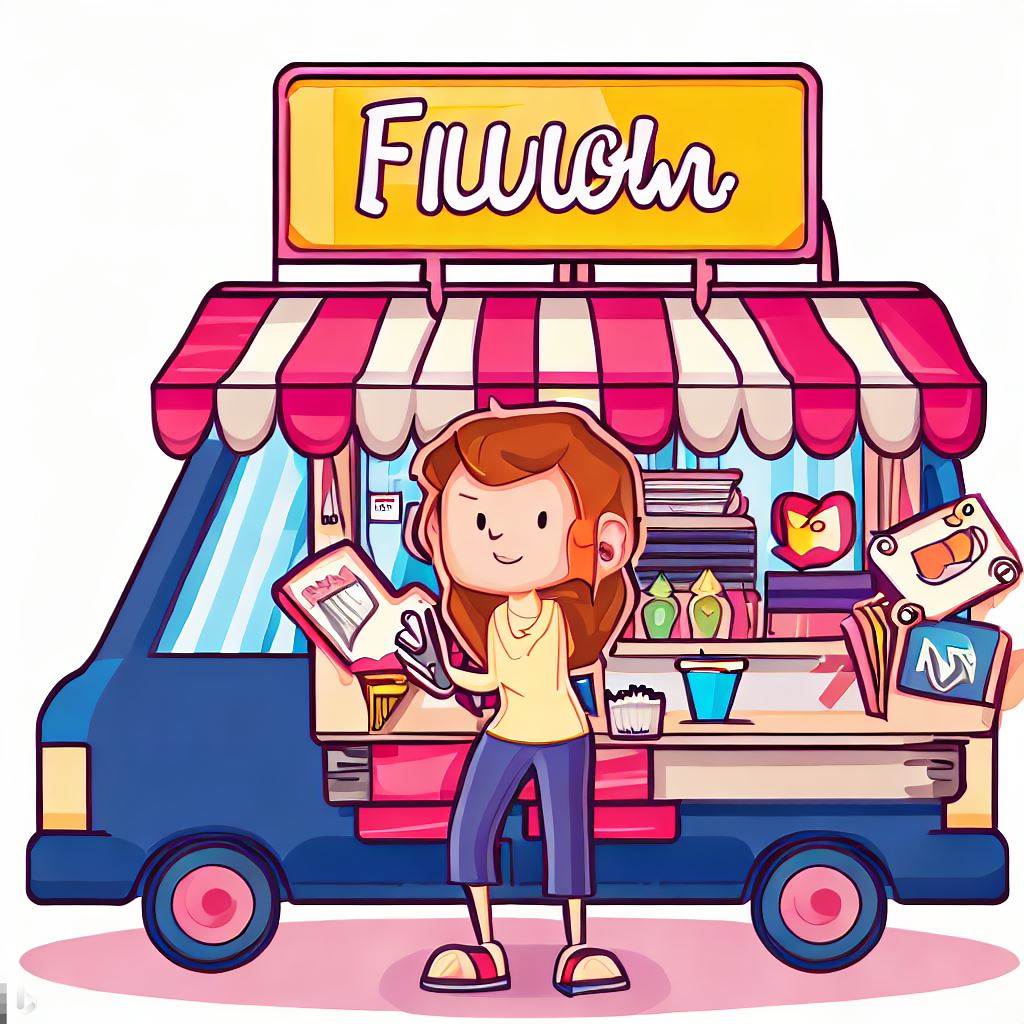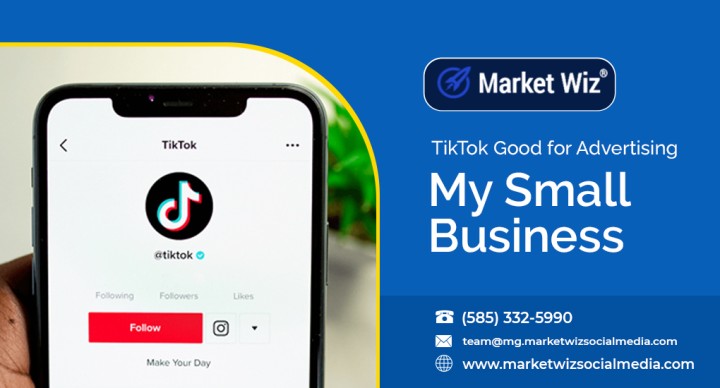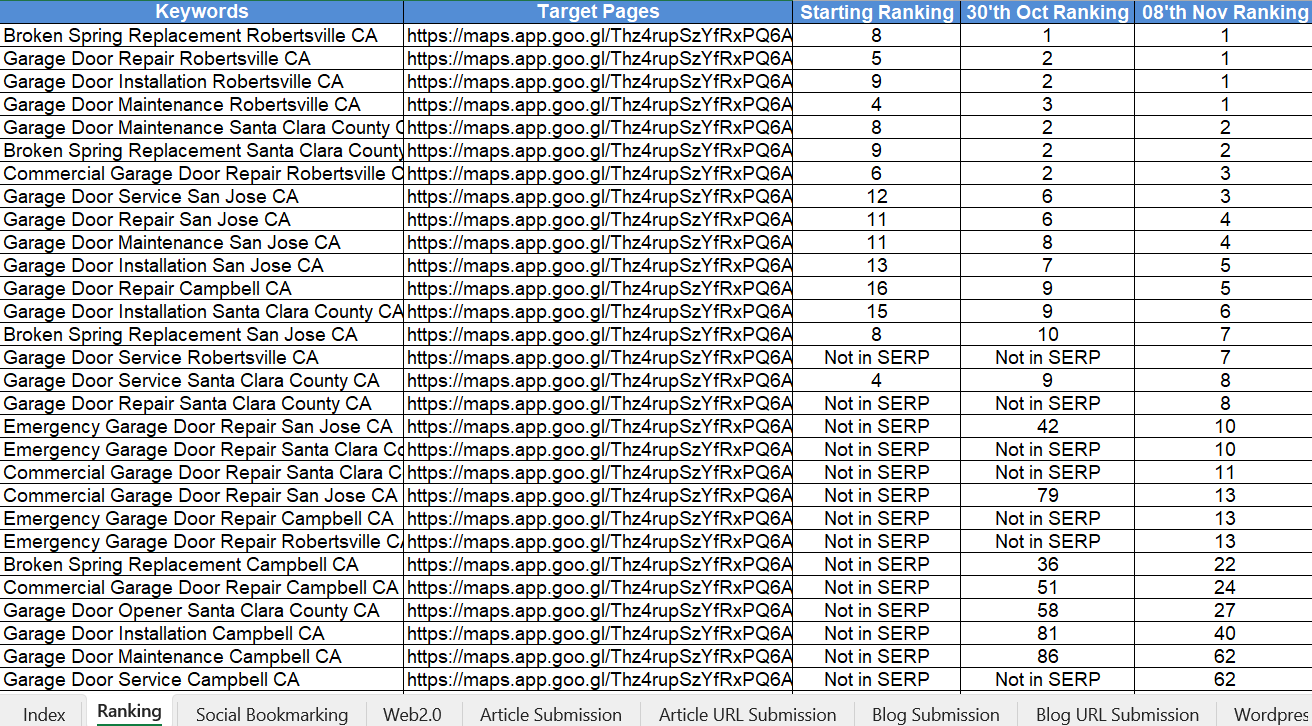How Do I Advertise My Furniture Store?
How Do I Advertise My Furniture Store?
Unlock effective advertising strategies to boost your furniture selling business and reach more customers.

Introduction
Advertising your furniture store effectively is essential for attracting customers and increasing sales. In a competitive market, implementing strategic marketing techniques can set your business apart and drive more traffic to your store. Whether you're a new furniture retailer or looking to expand your existing business, understanding how to advertise your furniture store is crucial for long-term success.
This comprehensive guide explores various methods to advertise your furniture store, including online advertising, social media marketing, innovative furniture marketing ideas, and leveraging partnerships with furniture manufacturers. By adopting these strategies, you can enhance your store's visibility, engage with potential customers, and ultimately boost your sales.
For a foundational understanding of starting your furniture business, refer to our guide on How to Start a Mattress Business. *(Note: Replace this link with the appropriate furniture business guide if available)*
How Do I Advertise My Furniture Store Online?
Online advertising offers a multitude of opportunities to reach a broader audience and drive sales for your furniture store. By leveraging digital platforms, you can target specific demographics, measure the effectiveness of your campaigns, and adjust strategies in real-time to maximize ROI.

Key Online Advertising Strategies
- Search Engine Marketing (SEM): Utilize platforms like Google Ads to create targeted pay-per-click (PPC) campaigns. By bidding on relevant keywords such as "buy furniture online" or "best furniture store," you can increase your store's visibility in search engine results.
- Social Media Advertising: Platforms like Facebook and Instagram offer robust advertising tools that allow you to target users based on their interests, behaviors, and demographics. Use visually appealing ads showcasing your furniture range and special promotions to attract potential customers.
- Display Advertising: Place banner ads on relevant websites and online forums frequented by your target audience. This increases brand awareness and drives traffic to your online store.
- Email Marketing: Build an email list of interested customers and send out regular newsletters featuring new products, discounts, and exclusive offers. Personalized email campaigns can significantly enhance customer engagement and loyalty.
- Affiliate Marketing: Partner with bloggers, influencers, and other websites to promote your furniture. Affiliates earn a commission for every sale they generate, providing an incentive to drive more traffic to your store.
For more insights on enhancing your online advertising efforts, check out our article on Facebook Marketing.
How Do I Advertise My Furniture Store on Instagram?
Instagram is a powerful platform for visually-driven advertising, making it ideal for showcasing your furniture store's products and engaging with potential customers. With over a billion active users, Instagram provides extensive reach and diverse advertising options tailored to your business needs.

Effective Instagram Advertising Techniques
- High-Quality Visual Content: Post high-resolution images and videos of your furniture, highlighting their features, craftsmanship, and design. Utilize Instagram Stories and Reels to showcase behind-the-scenes footage and customer testimonials.
- Targeted Ads: Use Instagram's ad targeting features to reach specific demographics, such as age groups, locations, and interests related to home decor and interior design.
- Influencer Collaborations: Partner with Instagram influencers who resonate with your target audience. Influencers can create authentic content featuring your furniture, expanding your reach and building trust with their followers.
- Instagram Shopping: Enable Instagram Shopping on your profile to allow users to purchase furniture directly through the app. Tag your products in posts and stories to streamline the buying process.
- Engaging Captions and Hashtags: Craft compelling captions that encourage interaction and use relevant hashtags like #FurnitureStore, #HomeDecor, and #InteriorDesign to increase the discoverability of your posts.
To optimize your Instagram advertising campaigns, explore our Social Media Pro services, designed to elevate your social media marketing efforts.
Furniture Marketing Ideas
Innovative marketing ideas can help your furniture store stand out in a crowded market. By implementing creative strategies, you can attract more customers, enhance brand loyalty, and increase sales.

Top Furniture Marketing Ideas
- Host Design Workshops: Organize workshops or webinars focused on interior design trends, space optimization, and furniture selection. This positions your store as an authority in home decor and engages potential customers.
- Offer Free Design Consultations: Provide customers with free design consultations to help them choose the right furniture pieces for their spaces. Personalized assistance can encourage purchases and build customer loyalty.
- Referral Programs: Implement a referral program where existing customers can earn discounts or rewards for referring new customers to your store.
- Seasonal Promotions: Run special promotions during peak seasons like spring cleaning, holidays, and summer sales. Offer bundle deals, discounts, or limited-time offers to boost sales.
- Content Marketing: Create valuable content such as blog posts, videos, and infographics that educate customers about different types of furniture, styling tips, and maintenance guides. This enhances SEO and attracts organic traffic.
- Local SEO: Optimize your online presence for local search to attract customers in your area. Ensure your store appears in local directories and maps by using services like Google Local SEO.
- Customer Testimonials: Showcase positive reviews and testimonials from satisfied customers on your website and social media platforms. Authentic feedback builds trust and credibility.
- Collaborate with Interior Designers: Partner with local interior designers to recommend your furniture to their clients. This can expand your reach to a new customer base interested in home improvement.
- Virtual Showroom: Create a virtual showroom experience on your website where customers can explore different furniture models, features, and prices from the comfort of their homes.
- Eco-Friendly Initiatives: Promote eco-friendly and sustainable furniture options to attract environmentally conscious consumers. Highlight your commitment to sustainability in your marketing messages.
For more creative marketing strategies, visit our blog post on Furniture Marketing Ideas.
Furniture Firm
Furniture Firm is one of the leading furniture retailers in the United States, known for its wide selection of furniture and strong marketing strategies. Understanding how Furniture Firm advertises its products can provide valuable insights for your own furniture store advertising efforts.

Key Advertising Strategies Used by Furniture Firm
- Extensive TV Advertising: Furniture Firm invests heavily in television commercials to reach a broad audience. Their ads emphasize comfort, quality, and affordability, effectively communicating their value proposition.
- Local Store Marketing: They implement local store marketing tactics, including community events and partnerships with local businesses, to build strong relationships within their communities.
- Online Presence: Furniture Firm maintains a robust online presence through their website, social media channels, and online advertising. They utilize SEO and SEM strategies to ensure their website ranks high in search results.
- Customer Loyalty Programs: They offer loyalty programs and incentives to encourage repeat business and customer retention.
- In-Store Promotions: Furniture Firm frequently runs in-store promotions and discounts to attract foot traffic and boost sales during peak shopping periods.
By analyzing Furniture Firm's advertising strategies, you can adopt similar tactics tailored to your furniture store's unique needs and target audience.
To implement effective local marketing strategies, explore our services on Local Legends Online Course.
How to Start a Furniture Business
Starting a furniture business requires careful planning, market research, and strategic advertising to establish a strong presence in the competitive retail landscape. Here’s a step-by-step guide to help you launch and grow a successful furniture selling business.

Steps to Start Your Furniture Business
- Conduct Market Research: Analyze the furniture market to understand demand, competition, and target demographics. Identify gaps in the market that your business can fill.
- Create a Business Plan: Develop a comprehensive business plan outlining your business goals, target market, product offerings, pricing strategy, and financial projections.
- Secure Funding: Determine your startup costs and secure funding through loans, investors, or personal savings to finance your business operations.
- Choose a Business Model: Decide whether you want to operate a physical store, an online store, or a combination of both. Each model has its own set of advantages and challenges.
- Source Quality Products: Partner with reputable furniture manufacturers to ensure you offer high-quality products that meet customer expectations.
- Establish an Online Presence: Develop a professional website and leverage e-commerce platforms to reach a wider audience. Utilize SEO and online advertising to drive traffic to your site.
- Implement Effective Marketing Strategies: Use a mix of digital and traditional marketing techniques to promote your business. Focus on branding, social media marketing, email campaigns, and local advertising.
- Provide Excellent Customer Service: Ensure a seamless shopping experience by offering knowledgeable staff, easy return policies, and responsive customer support.
- Monitor and Adapt: Continuously track your business performance and adapt your strategies based on market trends and customer feedback.
For detailed insights on starting your furniture business, refer to our guide on How to Start a Mattress Business. *(Note: Replace this link with the appropriate furniture business guide if available)*
Furniture Advertisement Poster
Creating an effective furniture advertisement poster can significantly impact your store's visibility and attract potential customers. A well-designed poster communicates your brand message, showcases your products, and highlights special offers in a visually appealing manner.

Design Tips for an Effective Furniture Advertisement Poster
- Clear and Concise Messaging: Use short, impactful statements that clearly convey the benefits of your furniture. Highlight key features such as comfort, durability, and affordability.
- High-Quality Images: Incorporate high-resolution images of your furniture to showcase their design and quality. Use lifestyle images that depict comfortable living environments.
- Brand Consistency: Ensure your poster aligns with your brand's color scheme, fonts, and overall aesthetic to maintain consistency across all marketing materials.
- Prominent Call-to-Action (CTA): Include a strong CTA like "Visit Us Today," "Shop Now," or "Limited Time Offer" to encourage immediate action from viewers.
- Contact Information: Clearly display your store's contact details, including address, phone number, and website, to make it easy for potential customers to reach you.
- Special Offers and Discounts: Highlight any ongoing promotions, discounts, or special deals to attract more customers and incentivize purchases.
For professional design assistance, consider using our AI Web Design Pro service to create stunning advertisement posters tailored to your brand.
Furniture Selling Business
Running a successful furniture selling business involves more than just stocking a variety of furniture pieces. It requires strategic planning, effective marketing, excellent customer service, and continuous adaptation to market trends. Here’s how you can excel in the furniture selling business:

Key Components of a Successful Furniture Selling Business
- Diverse Product Range: Offer a wide selection of furniture catering to different preferences and budgets. Include options like sofas, dining tables, beds, and storage solutions to appeal to a broad customer base.
- Competitive Pricing: Price your products competitively while ensuring profitability. Offer flexible payment options and financing plans to make your furniture more accessible to customers.
- Strong Online Presence: Develop a user-friendly website with e-commerce capabilities. Optimize it for SEO to attract organic traffic and implement online advertising strategies to reach potential customers.
- Exceptional Customer Service: Train your staff to provide knowledgeable and friendly assistance. Offer personalized recommendations based on customer needs and preferences.
- Effective Marketing Strategies: Utilize a mix of digital and traditional marketing techniques to promote your business. Focus on building a strong brand presence through social media, email marketing, and local advertising.
- Customer Reviews and Testimonials: Encourage satisfied customers to leave reviews and share their experiences. Positive testimonials can build trust and attract new customers.
- Regular Promotions and Discounts: Run regular promotions, seasonal sales, and special discounts to boost sales and attract price-sensitive customers.
- Partnerships and Collaborations: Collaborate with local businesses, interior designers, and real estate agents to expand your reach and tap into new customer segments.
- Inventory Management: Maintain an efficient inventory management system to ensure you have adequate stock levels and can meet customer demand without overstocking.
- Continuous Improvement: Stay updated with industry trends, customer preferences, and technological advancements. Continuously refine your strategies to stay competitive and meet evolving market demands.
To streamline your business operations and enhance marketing efforts, explore our AI Web Design Pro services.
Furniture Manufacturers
Partnering with reputable furniture manufacturers is essential for ensuring the quality and variety of products you offer in your furniture store. Understanding the role of furniture manufacturers and how to collaborate with them can significantly impact your business's success.

Benefits of Partnering with Furniture Manufacturers
- Quality Assurance: Reputable manufacturers adhere to strict quality standards, ensuring that the furniture you sell is durable, comfortable, and meets customer expectations.
- Product Variety: Manufacturers offer a diverse range of furniture types, materials, and designs, allowing you to cater to different customer preferences and needs.
- Competitive Pricing: Establishing strong relationships with manufacturers can lead to better pricing, bulk discounts, and favorable payment terms, enhancing your profit margins.
- Exclusive Products: Collaborate with manufacturers to offer exclusive or customized furniture options, giving your store a unique selling proposition.
- Marketing Support: Many manufacturers provide marketing materials, training, and support to help you effectively promote and sell their products.
- Supply Chain Efficiency: Reliable manufacturers ensure timely production and delivery, minimizing inventory shortages and ensuring smooth business operations.
To find the best furniture manufacturers for your store, consider factors such as their product quality, reputation, pricing, and support services. Building strong partnerships with manufacturers can drive your furniture selling business forward.
For more information on optimizing your supply chain, check out our article on AI Web Design Pro.
Conclusion
Advertising your furniture store effectively is pivotal to attracting customers and driving sales in a competitive market. By leveraging online advertising, utilizing social media platforms like Instagram, implementing creative marketing ideas, and partnering with reputable furniture manufacturers, you can establish a strong presence and grow your furniture selling business.
Remember to continuously adapt your advertising strategies based on market trends and customer feedback to ensure sustained success. Investing in strategic marketing efforts will not only enhance your store's visibility but also build lasting relationships with your customers, fostering loyalty and repeat business.
Ready to take your furniture store advertising to the next level? Explore our range of services designed to boost your marketing efforts and drive sustained growth.
Frequently Asked Questions
Can I create free ads for my furniture store?
Yes, many platforms offer the option to create free ads for your furniture store, allowing you to list your products without any initial costs. This is an excellent way to gain visibility and attract potential customers without committing to a paid campaign. Platforms like Google My Business provide free listing options that can enhance your store's online presence.
What are the best ways to advertise my furniture store online?
The best ways to advertise your furniture store online include utilizing search engine marketing (SEM) through platforms like Google Ads, leveraging social media advertising on platforms like Facebook and Instagram, implementing email marketing campaigns, and creating high-quality content to enhance your SEO efforts. Additionally, partnering with influencers and using affiliate marketing can expand your reach and attract more customers.
How do I advertise my furniture store on Instagram?
To advertise your furniture store on Instagram, focus on creating high-quality visual content that showcases your products. Utilize Instagram's advertising tools to run targeted ad campaigns based on demographics, interests, and behaviors. Engage with your audience through interactive features like stories and reels, collaborate with influencers, and use Instagram Shopping to allow users to purchase directly through the platform.
What are some effective furniture marketing ideas?
Effective furniture marketing ideas include hosting design workshops, offering free design consultations, implementing referral programs, running seasonal promotions, creating valuable content marketing, optimizing for local SEO, showcasing customer testimonials, collaborating with interior designers, offering virtual showrooms, and promoting eco-friendly initiatives. These strategies help in attracting and engaging customers, building trust, and increasing sales.
How much does it cost to advertise a furniture store?
The cost of advertising a furniture store varies depending on the platforms and strategies you choose. Online advertising costs can range from a few hundred to several thousand dollars per month based on your budget, target audience, and campaign objectives. Free advertising options like Google My Business and social media posts can help reduce costs, while paid campaigns on Google Ads and Instagram may require a more significant investment for optimal reach and effectiveness.
Can I use influencer marketing for my furniture store?
Absolutely! Influencer marketing is a powerful tool for promoting your furniture store. By partnering with influencers who align with your brand and target audience, you can leverage their reach and credibility to showcase your products. Influencers can create authentic content featuring your furniture, share their personal experiences, and recommend your store to their followers, thereby driving traffic and sales.
What should I include in a furniture advertisement poster?
A furniture advertisement poster should include clear and concise messaging, high-quality images of your furniture, your brand's logo and colors for consistency, a strong call-to-action (CTA) like "Shop Now" or "Visit Us Today," contact information, and any special offers or discounts. Additionally, highlighting key features such as comfort, durability, and affordability can make your poster more appealing to potential customers.
How do furniture manufacturers influence my advertising strategy?
Furniture manufacturers play a significant role in your advertising strategy by providing high-quality products that meet customer expectations. Partnering with reputable manufacturers ensures that you offer reliable and diverse furniture options, which can be highlighted in your marketing campaigns. Additionally, manufacturers often provide marketing support, such as product images, descriptions, and promotional materials, which can enhance your advertising efforts and improve the overall effectiveness of your campaigns.
What are the benefits of using online advertising for my furniture store?
Online advertising offers numerous benefits for your furniture store, including the ability to reach a larger and more targeted audience, track and measure campaign performance in real-time, adjust strategies based on data insights, and achieve a higher return on investment (ROI). Additionally, online advertising allows for greater flexibility in budget allocation and the ability to test different ad creatives and messages to determine what resonates best with your audience.
Can I combine online and offline advertising for my furniture store?
Yes, combining online and offline advertising can create a comprehensive marketing strategy that maximizes your store's visibility and reach. Online advertising can drive traffic to your website and social media platforms, while offline advertising, such as in-store promotions, local events, and print ads, can enhance local presence and attract walk-in customers. Integrating both approaches allows you to engage with customers through multiple channels, increasing the likelihood of conversions and building a stronger brand presence.
How Do I Advertise My Furniture Store? Read More »


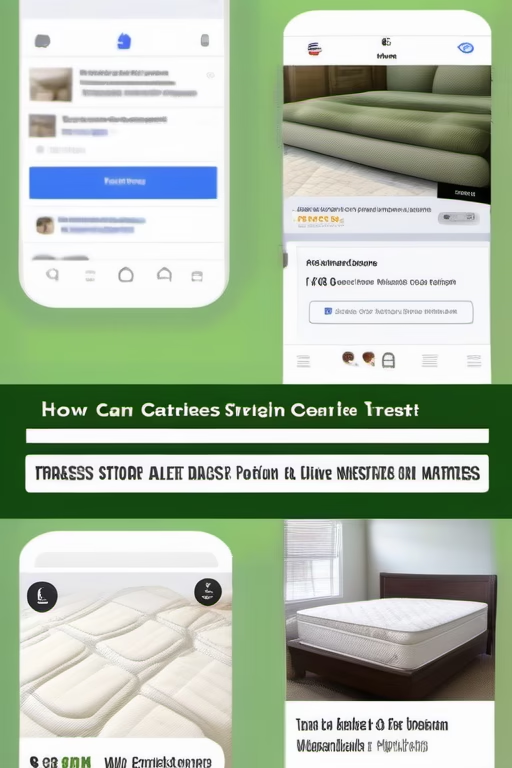

















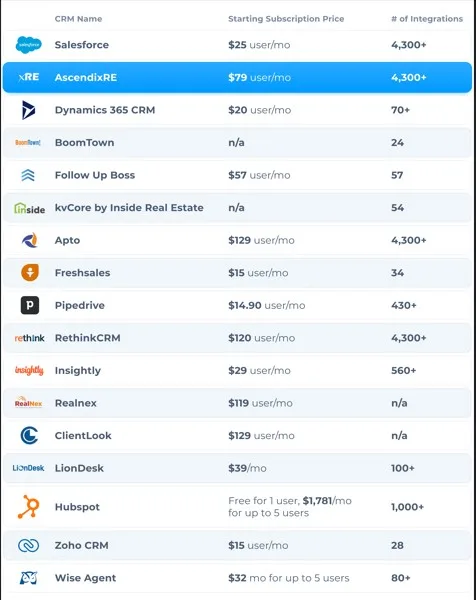
.png?width=1545&name=CRM_CRM-overview_with%20frame%20(1).png)
